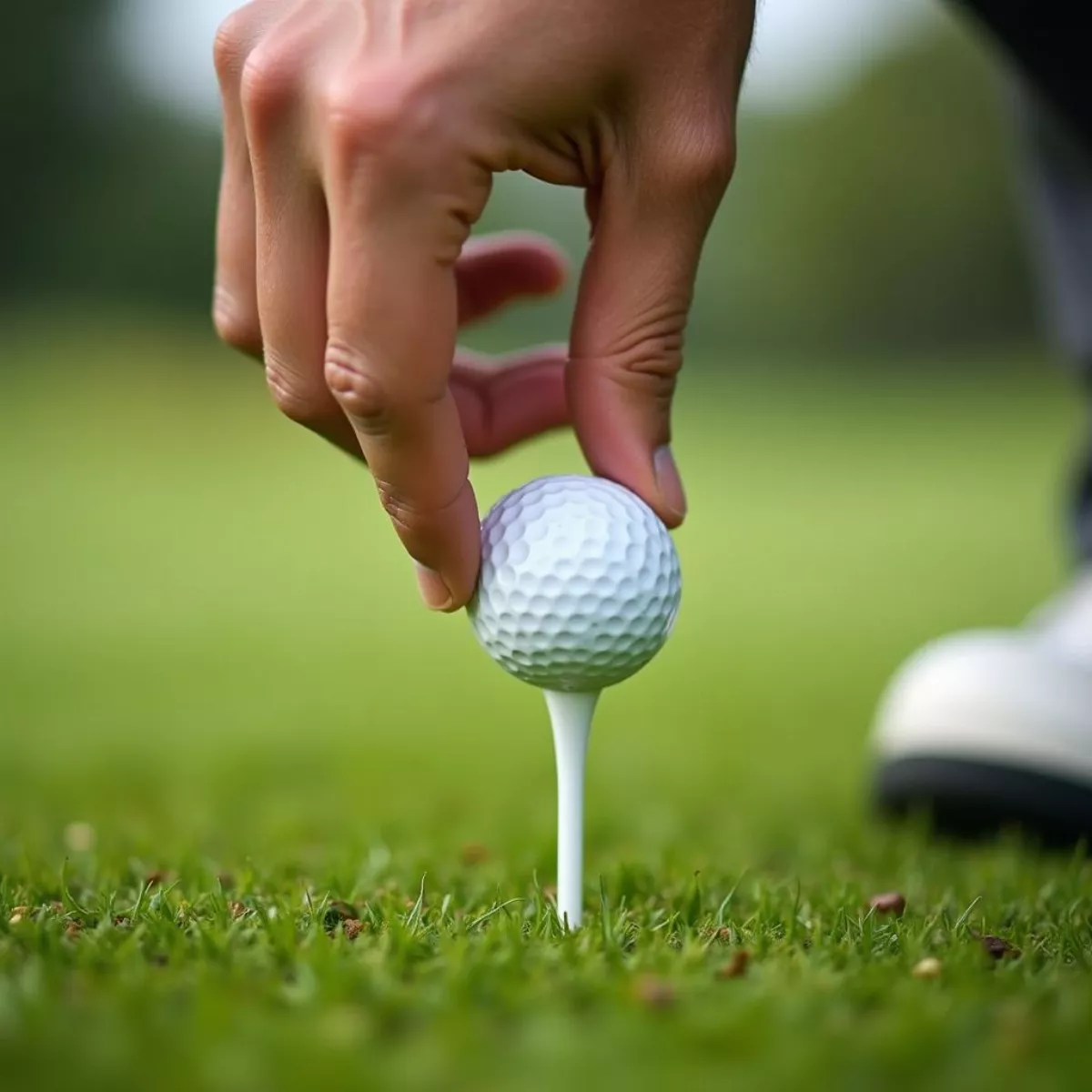Golf is a sport steeped in tradition, but sometimes the rules need a little flexibility to maintain a fair and enjoyable play. Enter preferred lies—a rule that allows golfers to improve their playing conditions under certain situations. In this comprehensive guide, we’ll take a deep dive into what preferred lies are, when you can use them, and how they affect your game.
What Are Preferred Lies?
Preferred lies, often referred to as “lift, clean, and place,” allow players to improve their lie—the position of the ball on the course—under specific circumstances. This applies in cases of adverse conditions like muddy ground, extreme wetness, or other factors that hinder normal play. The intent behind preferred lies is to ensure fairness and maintain the spirit of the game, allowing players to avoid situations that are purely unfortunate.
“Golf is a game of chance, but that doesn’t mean you have to play with bad luck.”
The Background of Preferred Lies
The concept of preferred lies isn’t just a modern invention; it’s rooted in the Rules of Golf. While the standard play requires players to hit the ball as it lies, preferred lies come into play primarily during wet conditions or when the course superintendents deem it necessary. For example, if the fairways are saturated and the ball consistently sinks into the mud, preferred lies allow golfers to move their ball to a more favorable position.
 Golf Course Fairway in Wet Conditions
Golf Course Fairway in Wet Conditions
When Are Preferred Lies Used?
Preferred lies are generally used during:
- Wet Conditions: After heavy rain, where fairways become muddy and unplayable.
- Course Maintenance: When officials declare specific areas under maintenance.
- Winter Rules: In many cases, particularly in colder climates, courses might adopt winter rules that include preferred lies to manage soft ground conditions.
How to Use Preferred Lies
If you’re playing and the situation calls for preferred lies, here’s how to go about it:
- Check with the Committee: Always ensure that preferred lies are in effect for that particular day or tournament. This is usually communicated through local rules noted on the scorecard or via signage on the course.
- Determine Your Lie: Assess your ball’s position. If it’s in a poor lie due to mud or waterlogged ground, you’re eligible to perform the following steps.
- Lift the Ball: Carefully lift the ball from its current position.
- Clean the Ball: Give your ball a good wipe. It’s essential for ensuring optimal contact on your next shot.
- Place the Ball: Now place the ball within a specified distance. Generally, this is within one club length of where the ball originally lay—not closer to the hole. Note that this applies only to the original place your ball would have lied had it not been in a preferred lie situation.
- Play Your Shot: Now you can take your shot from the improved position!
 Golfer Lifting Golf Ball on Fairway
Golfer Lifting Golf Ball on Fairway
Key Rules Surrounding Preferred Lies
| Rule | Description |
|---|---|
| Placement Limit | Usually, you can place the ball within one club length of its original position. |
| Not Closer to Hole | When repositioning your ball, you cannot place it closer to the hole. |
| Within Same Area | You must stay in the same area of the course where the preferred lie rule applies (for example, in the fairway). |
Considerations When Using Preferred Lies
While utilizing preferred lies can improve your chances of making a good shot, keep the following in mind:
- Integrity of the Game: Remember that preferred lies are designed to ensure fair play. Misuse of this rule can lead to potential disqualification.
- Keep It Fair: Ensure all players in your group are aware that preferred lies are being used. Communication is key to maintaining a fair game.
- Physical Ground Conditions: Be sure to obey local rules regarding preferred lies and listen to course management regarding specific situations where the rule may not apply.
 Group of Golfers Discussing Rules on Course
Group of Golfers Discussing Rules on Course
Benefits of Preferred Lies
The introduction of preferred lies enriches the golf experience by offering several benefits:
- Enhances Fairness: Players won’t be penalized by unfortunate environmental factors, making for a more enjoyable round.
- Improves Playability: Courses can remain playable even during wet or muddy conditions.
- Encourages Participation: Understanding that bad weather won’t ruin a game encourages more golfers to head out, regardless of the conditions.
Limitations of Preferred Lies
Despite the benefits, there are some limitations:
- Might Disrupt Game Flow: Frequent lifting and placing can delay the game, particularly during busy hours.
- Subjectivity: The interpretation of when and how to apply preferred lies can vary, leading to confusion among players.
- Limited to Specific Conditions: Preferred lies come into play mainly during wet conditions. In other circumstances, players must play the ball as it lies.
Frequently Asked Questions (FAQ)
1. What is the main purpose of preferred lies?
Preferred lies aim to maintain the spirit of fairness in golf, allowing players to improve their lie under unfavorable conditions.
2. Can I just use preferred lies anytime I want?
No, preferred lies are used under specific conditions as defined by course rules. Always check with the committee or local rules.
3. How far can I place my ball when using preferred lies?
You may place your ball within a one club length of its original position, but not closer to the hole.
4. Are there any penalties for misusing the preferred lie rule?
Yes! Misusing the preferred lie can lead to penalties or even disqualification. Always follow the rules set by the committee.
5. Can I use preferred lies on the rough?
Typically, preferred lies are used primarily in the fairway. Always check local rules for specifics.
6. How can I inform my group about using preferred lies?
Communication is key! Make sure to discuss any preferred lies before you begin play.
7. Are preferred lies common in golf?
Yes, especially in courses that frequently deal with adverse weather conditions. It’s important to know if they are in effect for your round.
8. Can I clean my ball every time I lift it?
Under preferred lies, yes, you may clean your ball each time it’s lifted.
9. Do preferred lies apply to all tournaments?
It depends on the tournament rules. Always verify ahead of time.
10. What do I do if other players don’t agree with preferred lies?
Engage in a friendly discussion. Show them the local rules or scorecard if necessary, as rules can differ by course.
Key Takeaways
- Preferred lies allow golfers to improve their ball’s position under specific conditions to enhance fair play.
- Always check local rules and communicate with your group when preferred lies are in effect.
- You can lift, clean, and replace your ball within the one-club length rule when utilizing preferred lies.
- Misusing preferred lies can lead to penalties—make sure everyone is on the same page.
Understanding the concept of preferred lies can improve both your understanding and enjoyment of the game. By adhering to the guidelines and focusing on fair play, you can navigate the golf course with confidence, regardless of the weather. So, the next time you find your ball in a less-than-ideal situation, remember the preferred lies rule and make the most of it!